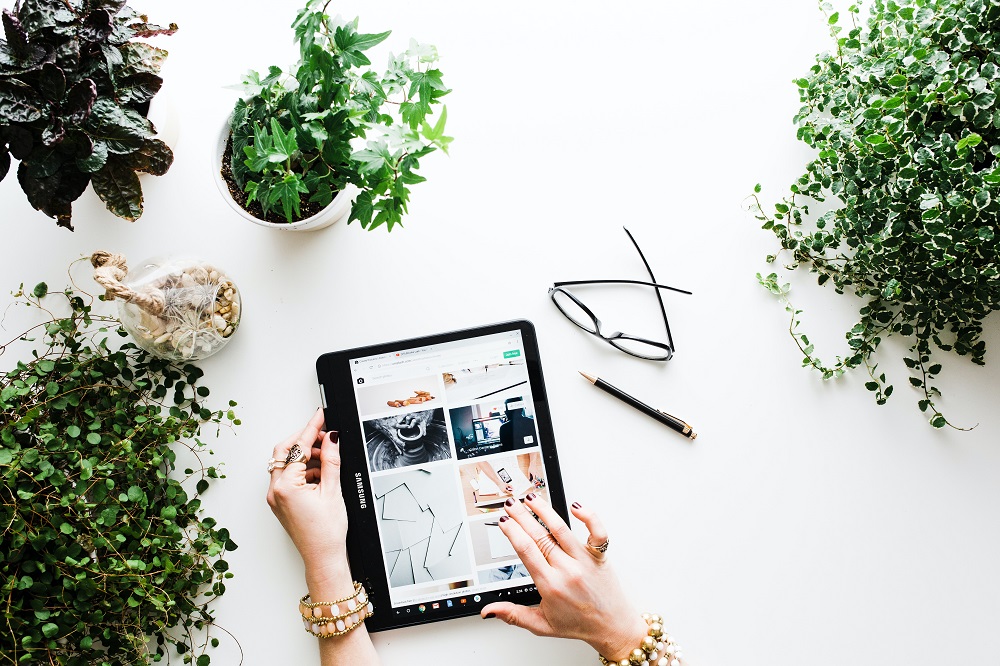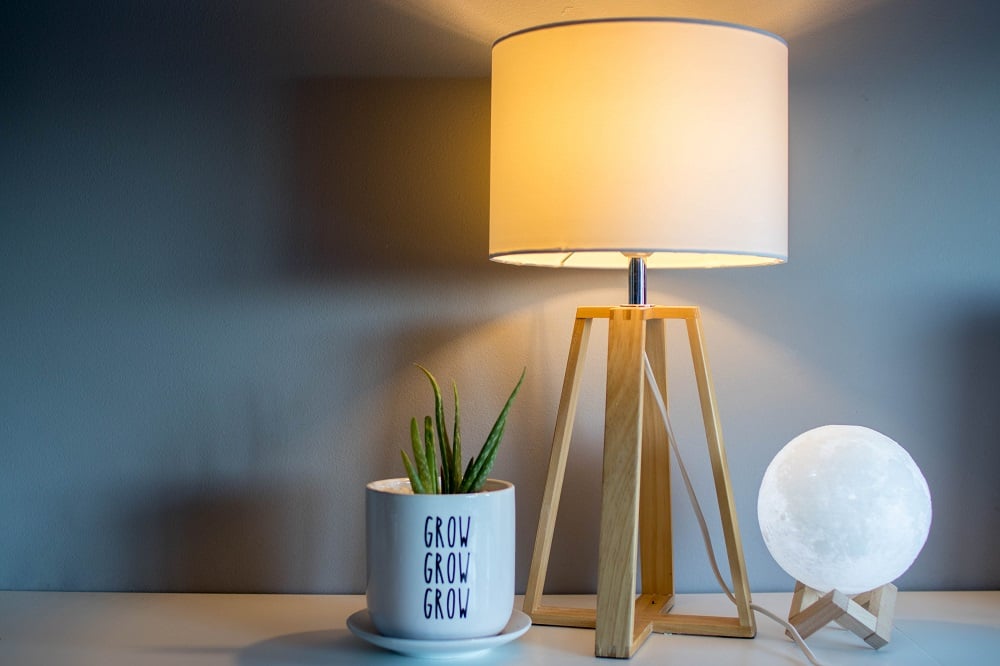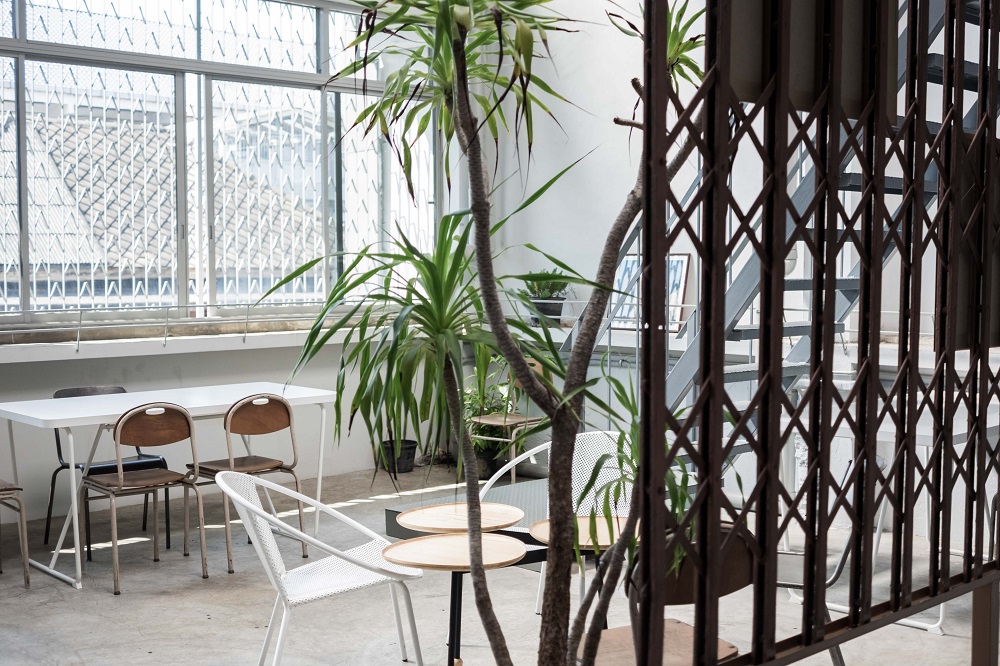Trust us when we say that the Covid-19 pandemic has had some positive impacts.
And among the few good things is an increased demand for plants to grow indoors. Multiple nurseries, houseplant boutiques, and garden centers have seen an unprecedented order inflow.
As more people become interested in bringing more green inside their homes, we can’t help but wonder what has prompted this sudden need. Is it because they are merely in search of a new activity to kill time during quarantine?
Or has gardening crossed the threshold of just producing fruits and flowers? To answer such relevant questions, we decided to dig deep and bring out the inspiration that made people worldwide go green indoors.
So, let’s get started!
Covid-19 Inspired People To Go Green Indoors?
Indoor gardens or houseplants are not a new phenomenon. But ever since the beginning of the pandemic in early March this year, people have found themselves gravitating more towards gardens, plants, and greenery.
Sure, the time factor has played a vital role. With people spending more time at home than ever before, the need for an ‘allowable activity’ was on the rise. But there’s more to the story. Several studies have shown that most people have a certain response to the color green. Hence, the purpose of growing plants is no longer limited to just producing fruits and flowers.
One of the biggest reasons why people found themselves drawn towards nature was for seeking comfort and inspiration. During an indefinite crisis like the current pandemic, it’s not unusual to feel dejected and unmotivated, even if we aren’t directly affected by it. And with practically nothing else around, what better than plants to search for solace?
So, in the following sections, we talk about various factors that have encouraged people to take up indoor gardening.
-
Natural Rhythm
According to Professor Joel Flagler of Rutgers University and the agricultural extension agent for Bergen County, it’s the ‘natural rhythm’ of plants that people have resonated with. There’s a sense of comfort in watching a plant develop from the seed to the stage where it ultimately bears flowers and fruit.
Especially with the uncertainty surrounding us, plants are emblematic of the fact that we can’t exist without a grounding.
Besides, gardens are also increasingly being used as a means of ‘personal escape’. That something so simple like a seed planted in a soil-filled container gives people a chance to nurture life has a soothing effect.
Moreover, this escape value is derived from the feeling of positive control over one’s little, immediate environment. Simply put, being a part of a plant’s development makes us think that we’re a part of something positive. When you create and beautify lush green plants near you, it contributes to psychological well-being.
Therefore, it doesn’t really come as a surprise that a lot of people have become first-time gardeners only during the pandemic. On that note, it’s also worth mentioning that they didn’t become successful overnight. But with the right process and patience, anybody can have success growing plants, which will, in turn, lead the way for other achievements in our lives.

-
Community Relationships
In the absence of regular socializing, indoor gardens have helped community relationships thrive. Several gardeners both first-timers and experienced, have shifted focus to indoor herb gardens, growing as many as 30 plants together. And those who didn’t find a lot of space inside may have planted one or two varieties indoors while keeping the others on their back porch in growing pots.
Similarly, indoor herb wall gardens, which are also a form of living art have accentuated the interior of a lot of homes.
Aside from people exchanging the produce, it has been a common practice for neighbors to exchange seedlings. In hindsight, they represent an exchange of love and concern among people. Not only are they thoughtful, but they also become a part of your diet. So, that’s a bonus!
-
Sustainability And Biodiversity
Going back to our previous point of living walls, one of the biggest examples on display is at the Drexel University at Philadelphia. In fact, authorities installed a biowall in their integrated science building back in 2011. The 22-feet wide and 80-feet tall structure has been often termed the ‘largest biofilter’ in North America.
It’s made of 12 different species of tropical plants that can grow without soil. While the roots are embedded between multiple layers of a woven, porous material, a constant water recirculation cycle down the wall provides hydration and nutrients to the plants.
Apart from that, the university has rented space at the Summer-Winter Community Garden in the city for many years. Chef Charles Ziccardi, an assistant clinical professor, helms the maintenance efforts of more than 24 raised beds, focusing on all food kinds for biodiversity and sustainability.
Since he also teaches a course called Kitchen Gardening, indoor gardening during Covid has been the most discussed topic in his class. He observed that while some of his students were already into indoor gardening, others had been planning to do so.
Similarly, a lot of them wanted to complete the said course before embarking on that journey. Long story short, people were looking to utilize the space inside their homes rather than stepping out in the yard. And the primary aim was to control something when everything else around was so out of control.
Moreover, it makes people happy to think that they’ve been tried, and even better if they succeed. In this case, the effort and the subsequent beneficial outcome (food) conveys a sense of resilience in these difficult times.

-
New Variation
It’s also interesting to know that the pandemic has come as the right opportunity for many people looking to try something new. For instance, some homeowners may have wanted to try a hydroponic medium but couldn’t do so for the lack of time.
With nurseries and garden centers remaining open as essential services, all they needed was to place an order as per the requirements. And to keep up with the demands, numerous nurseries opted for online delivery alongside store pickup.
Besides, the demands varied from large plants to something simple like a single seedling in a planter. For the latter, herbs are a popular choice as they engage multiple sensory organs (eyes, nose, and tongue), which correlates to a ‘feel good’ factor.
Beyond that, many plant owners have chosen to value diversity instead of the more conventional forms of beauty like fruits or flowers.
-
Air Purification
There has been much debate about whether or not tropical plants help purify the air inside closed spaces like homes or offices.
A premier study by NASA had suggested that indoor tropical plants give off pure oxygen while absorbing major contaminants, namely formaldehyde, benzene, and TCE. So, it isn’t unusual for apartment dwellers to transform the corners and windows of their home into mini gardens.
However, the above-mentioned statement has been contradicted by many experts. For instance, Micheal Waring, professor of architectural and environmental engineering at Drexel University, mentioned in one of his studies last year that plants don’t actually improve the air quality indoors.
His study concluded that the natural ventilation in indoor spaces is more capable of cleaning the air compared to plants. This may primarily be based on the fact that all plants follow the same process of converting carbon dioxide into oxygen via photosynthesis.
That said, some homeowners are content with the ‘psychological well being’, even if the air quality doesn’t show any significant improvement. As for others, they still believe that plants filter the air, much like the filters that clean the air for an air conditioner. They may also recommend you to wipe the leaves regularly to get rid of the accumulation!
Irrespective of the purpose, the presence of green has helped people feel nice about their immediate surroundings.

-
Companionship
As we’ve mentioned before, many homeowners have turned plant-lovers during this time. The quarantine has been especially hard for people who live alone. In such a situation, having a plant in the vicinity provides them with company and peace of mind; getting engaged in their development forms a symbiotic relationship between plants and owners.
But even people who live with their families find some much-needed “me-time” when checking on the plants during or at the end of the week. This can be a possible explanation of the sudden boom of plant images on different social media platforms.
Aside from that, many homeowners prefer naming their plants, but the reason is much more than just “for fun”. Anthropologist Susan Benson has stated that naming is basically a social activity, and humans give names to only those things that matter to them.
Furthermore, naming creates a deeper bond that makes it harder to dispose of the plant, and compels you to take good care of it. For example, one such plant was named ‘Lazarus’ (after the Biblical character) because it ‘rose from the dead’.
Even those who consider it a “bit extra” don’t shy away from getting termed as “plant parents”. And although used with much levity, it does convey a type of kinship with the greens.
On the other hand, several plant owners opt out of naming their plants, lest they develop an attachment with them. But that doesn’t stop them from ascribing emotional states (like anger, happiness, frustration, etc.) to their plants. Our previous generation may have heard stories of people interacting with their plants, and the latter “getting mad” when separated from their owners.
Plant Travel Beyond Boundaries
Despite having strict travel regulations, plants made their way across countries when homeowners imported the desired variety from their native place. However, this isn’t anything new. And by that, we don’t only mean the immediate pre-Covid years.
To give you a little history: early records of plants traveling beyond state boundaries dates back to early civilizations, where plant ownership was considered to be a symbol of wealth and power.
As a result, invading armies would take back ‘botanical wonders’ after successful conquests. Similarly, the 3,000-year-old tradition of cultivating miniature landscapes in China called “penjing” found its way to Japan to become bonsai.
Plus, during colonialism, oceanic voyages saw a lot of varieties being transported to different parts of the world, from colonies to metropolitan centers. The most common examples include fiddle-leaf figs from West Africa, monsteras from Central America, bougainvilleas from Brazil, staghorn ferns from Australia, and alocasia from the Philippines,etc.
Keeping up with the tradition, native plants from the tropics have traveled all around the globe in the past few centuries. From English treehouses to American condominiums and Balinese resorts- there’s hardly a place that’s left untouched.
Things To Know For First-Time Gardeners
No matter how fascinating the idea may sound, the truth remains that gardening is no easy job. It requires much care and patience for users to make their plants thrive in a particular condition. And although different plants have different nutrient and watering requirements, we’ve some basic suggestions to help you if you’re a first-time gardener.
-
Select The Right Soil
You may want to fill your container with dirt and soil from outdoors to save time, but it does more harm than good. Since you don’t know the exact composition, it’s highly likely to contain microscopic pests and related diseases. Plus, regular dirt tends to have a compact structure, which affects the development of roots.
Depending on the plant type, we’d highly recommend going for a lightweight potting mix that allows proper air circulation and drainage.
-
Adequate Watering
A common mistake that plant owners often make is to confuse adequate watering with overwatering. And striking the right balance between hydration and overwatering is a relatively simple job. Generally, indoor plants need less water in winters as more water can block the soil spaces, thereby killing the air supply.
Hence, you’d want to check the water content of the soil before watering. Make sure that the soil is dry down to at least 2-inch, and not just on the surface. Carefully poke a scale up to 2-inch deep, and if it comes out dry, it’s time to grab the watering can.
Moreover, ensure that the planter or container has multiple drainage holes to let the extra water drain. Place a water tray or saucer below the planter to collect the water, but never let the latter sit on accumulated water.
-
Allow Sufficient Light
Just like water and air, light too helps in the optimum development of plants. However, various factors like dust and improper positioning may hinder the light intake. To get rid of the former, place the leaves between two paper towels and rub them lightly.
Alternatively, you can also use a rag and warm water or place the whole plant under the shower. This is a good way to wash off any pests or spider webs that may have covered the underside of the leaves. As a finding step, remove the brown and dead leaves to prevent disease formation.
Other than that, don’t forget to keep the windows clean so that maximum light can enter the room. As the direction of the sun changes, you may have to keep shifting the plants to ensure optimum warmth and light.
-
Increase Humidity
If the air indoors is too dry, try filling the water tray with some rocks or pebbles and water, and then place the planter above. Here again, make sure that the planter is not standing directly on the water. In extreme dry areas, a humidifier or vaporizer may be a better option.
-
Refresh The Soil
Every once in a while, make it a point to remove the plant, trim the roots, and place it in fresh soil. Since the soil becomes less potent over time, changing it will help the roots absorb the required nutrition and water continuously.
-
Choose The Right Fertilizer
We’d suggest going for an organic fertilizer as it prevents your plants from the harmful side-effects of chemicals. And while at it, ensure that the product has the right ingredients to cater to the specific needs of the plants.
Furthermore, most fertilizers come with application instructions that should be followed strictly. If you feel that the recommended dosage is too light, increase it gradually till you’re satisfied with the results.
-
Consider The Available Space
An important thing to keep in mind while choosing a plant for an indoor garden is that not every variety is meant to be grown indoors. Plants such as corn, okra, and indeterminate tomatoes can grow up to 10 feet high, meaning they require plenty of space. Hence, dwarf varieties like peppers, strawberries, figs, and so on are more suitable for growing indoors.
-
Keep An Eye On Maintenance
Apart from the regular maintenance tasks like watering, plant owners need to know how different seasons lead to changing maintenance needs.
For example, most plants remain dormant during winter, so you may well skip fertilizing them during the winter months. Likewise, late winter or early spring is the correct time for pruning to encourage the healthy growth of new leaves and buds.
Conclusion
There isn’t any definite reason why more and more people have been inclined towards indoor gardening during the COVID-19 pandemic.
In our opinion, it’s a mix of psychological and sustainability needs for most homeowners. They may not have planted the seed to have a companion, but watching it grow into a plant has formed a subconscious bond. Besides, nurseries and plant hire services have made gardening relatively easy for first-timers.
With that, it’s time for us to take your leave. Hope we’ve provided some motivation for you to adopt this gratifying hobby. And for those who have already embarked on the journey, we hope you continue to care for your greens long after we resume normal life.
We’d love to hear from you in the comments below. Till next time, stay safe!
Related Articles
15 Best Plants to Grow for Privacy in the Backyard
22 Plants That Repel Bugs, Flies & Other Unwanted Insects Away
15 Air-Purifying Plants for a Healthy Home


